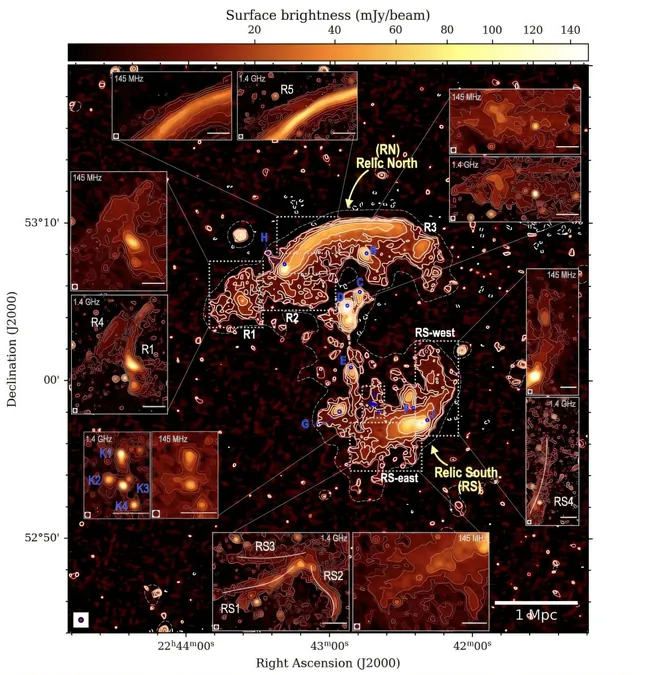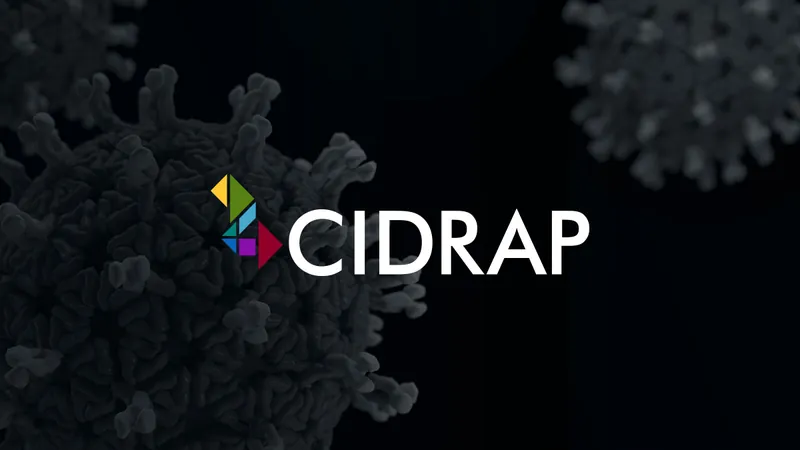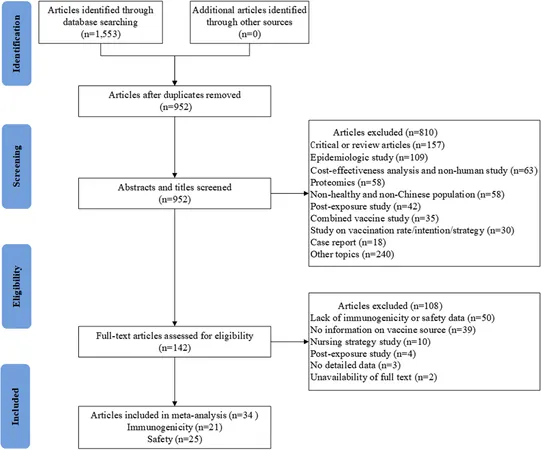
Astronomers Unveil Secrets of the Sausage Cluster with Groundbreaking Radio Observations
2025-06-05
Author: Li
Unraveling the Mysteries of CIZA J2242.8+5301
A team of European astronomers has turned their attention to the intriguing galaxy cluster known as CIZA J2242.8+5301, affectionately dubbed the Sausage cluster. Utilizing the advanced capabilities of the Low Frequency Array (LOFAR), these scientists have explored the cluster at unprecedentedly low radio frequencies, unveiling new insights into the fascinating properties of radio relics found within this cosmic giant.
What Makes Galaxy Clusters So Powerful?
Galaxy clusters are monumental entities in the universe, comprised of thousands of galaxies bound together by gravity. They stand as the largest known structures influenced by gravitational forces, making them ideal settings for studying the evolution of galaxies and the broader universe. Typically, these clusters are formed through the merging of smaller clusters, growing ever more complex over time.
The Alluring Sausage Cluster
Located at a redshift of 0.192, CIZA J2242.8+5301 has piqued the interest of astronomers due to its distinct features, including striking double radio relics—elongated sources of radio waves that offer fascinating glimpses into cosmic particle behavior. Its unique morphology, particularly that of its northern relic, has led to its playful nickname, the Sausage cluster.
Cutting-edge Measurements at New Frequencies
Led by Giulia Lusetti from the University of Hamburg, the research team leveraged LOFAR's Low Band Antenna to conduct a groundbreaking study at an ultra-low frequency of 45 MHz. This frequency range is crucial for unlocking the physics behind radio relics, as it offers access to low-energy cosmic-ray electrons that are typically challenging to observe.
A Complex Web of Radio Sources
The study revealed a complex array of diffuse relic-like sources surrounding the well-known northern and southern radio relics. Many of these newly discovered sources display a head-tail morphology, indicating dynamic interactions with other emissions in the cluster. The northern relic, with its striking sausage-like shape, stretches across approximately 7.2 by 2.5 million light-years, while the southern counterpart takes on a more irregular form, extending around 4.9 by 1.7 million light-years.
Spectral Insights Expand Our Understanding
The researchers observed a notable spectral gradient within both relics. Their measurements indicated a steepening spectral index moving inward toward the cluster's center, with the northern relic showing an integrated spectral index of -1.09, compared to the southern relic's steeper index of approximately -1.34. These indices correlate to Mach numbers of 4.8 and 2.6 for the northern and southern relics, respectively, hinting at the energetic processes at play.
Advanced Modeling for Deeper Understanding
To gain further insights, the team employed sophisticated modeling techniques to simulate the surface brightness profile of the northern relic. Their findings suggest that minimal projection effects and magnetic field variations along with shock deformation contribute significantly to the relic's appearance, enhancing our understanding of cluster dynamics.
The Future of Cluster Research
These findings mark a significant step forward in the field of astrophysics, offering crucial information about the enigmatic processes occurring within galaxy clusters. As research continues to evolve, the celestial secrets held by the Sausage cluster and others like it promise to enrich our understanding of the universe.



 Brasil (PT)
Brasil (PT)
 Canada (EN)
Canada (EN)
 Chile (ES)
Chile (ES)
 Česko (CS)
Česko (CS)
 대한민국 (KO)
대한민국 (KO)
 España (ES)
España (ES)
 France (FR)
France (FR)
 Hong Kong (EN)
Hong Kong (EN)
 Italia (IT)
Italia (IT)
 日本 (JA)
日本 (JA)
 Magyarország (HU)
Magyarország (HU)
 Norge (NO)
Norge (NO)
 Polska (PL)
Polska (PL)
 Schweiz (DE)
Schweiz (DE)
 Singapore (EN)
Singapore (EN)
 Sverige (SV)
Sverige (SV)
 Suomi (FI)
Suomi (FI)
 Türkiye (TR)
Türkiye (TR)
 الإمارات العربية المتحدة (AR)
الإمارات العربية المتحدة (AR)